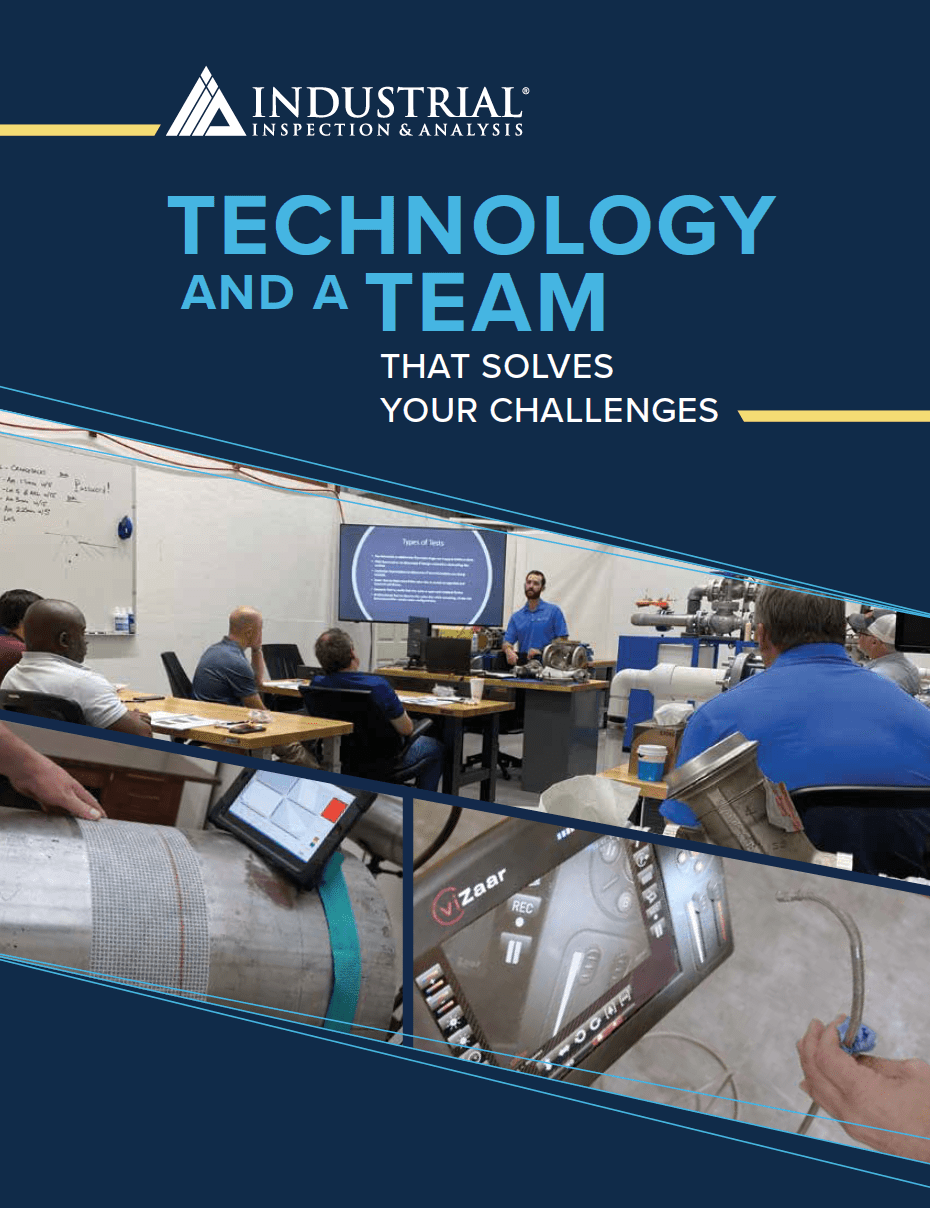We know nuclearNuclear Services
For nearly 50 years, Industrial Inspection & Analysis (IIA) has grown alongside the nuclear power industry, becoming the go-to inspection, engineering, and outage experts for plant operators.
Whether you need help with routine examinations, a refueling outage, critical component examinations for license renewals, or an unexpected equipment challenge, IIA can deliver the answers you need to make critical decisions — fast.
IIA expanded its engineering capabilities to better serve the electric power industry, with a focus on fitness-for-service (FFS) evaluations, finite element analysis (FEA) and t-min (minimum allowable thickness) calculations for service water piping systems
As a full-service provider, IIA’s licensed professional engineers work closely with our non-destructive examination (NDE) experts to deliver turnkey solutions to clients in the nuclear industry.
Talk To An Expert
Don’t see exactly what you are looking for? Or maybe you do and want more specifics or an estimate. Either way, you can call us at
979-399-7151
right now or just fill out the form below and we will respond back within 24 hours.
Why IIA?
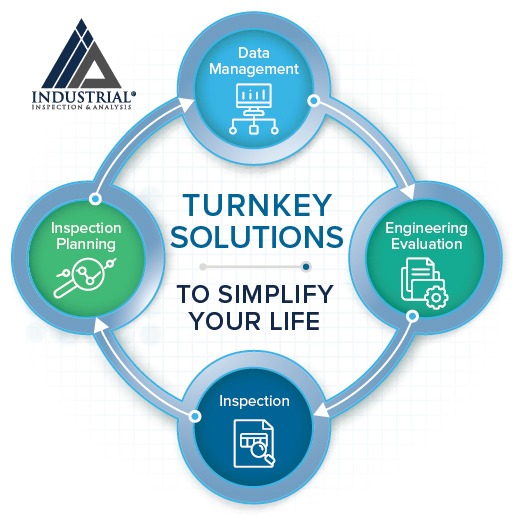
Nuclear Outage Services
IIA is a trusted nuclear plant outage service provider; conducting safe, quality outage inspections including outage planning and other maintenance needs. We provide service across North America. We are PDI-qualified and EPRI-endorsed, and our experienced team consists of certified ASNT Level I, II, and III Technicians and Certified Welding Inspectors. ; conducting safe, quality outage inspections including outage planning and other maintenance needs. Learn more about our Outage Services.
Engineering Capabilities
Fitness-for-Service (FFS) Evaluations
After a flaw or damage mechanism has been identified, our FFS evaluations assess the structural integrity of in-service equipment, such as tanks, piping and pressure vessels, to help plant owners make informed run-repair-replace decisions.
Finite Element Analysis (FEA)
Using sophisticated computer modeling software, we can accurately predict how a component will perform when subjected to real-world stresses, such as heat, vibration, or impact. You’ll receive accurate modeling data that you can compare against specifications, codes and regulatory standards.
Service Water System Evaluations / T-Min Calculations
We perform ASME-compliant flaw evaluations of service water piping. Combined with our engineering expertise in t-min calculations, IIA can clarify the parameters for safe operations.
Inspection Methodologies

Conventional Radiography (RT)
Conventional Radiography using gamma sources is a prevalent method of Non Destructive Testing within numerous industries including Oil & Gas because of its proven accuracy, costeffectiveness, high level of portability, and extreme diversity.

Weld Procedure and Qualification (CWI)
Qualification to either American Welding Society (AWS) or American Society of Mechanical Engineers (ASME) standards through Certified Welding Inspectors (CWI) with mobile capabilities for your convenience.

Ultrasonic Thickness Testing (UTT)
A volumetric non-destructive testing method that uses sound waves to propagate through an object.

Positive Material Identification (PMI)
The analysis of a metallic alloy to establish composition by reading the quantities by percentage of its constituent elements. IIA has implemented X-ray fluorescence (XRF) which is a typical method for PMI.

Magnetic Particle (MT)
A non destructive testing (NDT) process for detecting surface and slightly subsurface discontinuities in ferromagnetic materials such as iron, nickel, cobalt, and some of their alloys. The process puts a magnetic field into the part to facilitate flaw detection.

Phased Array UT (PAUT)
An advanced method of ultrasonic testing used to determine component quality and detect flaws in manufactured materials such as welds. In addition, it can be effectively used for wall thickness measurements in conjunction with corrosion testing. This NDT technique is minimally invasive, highly flexible, and offers multiple applications.

Dye Penetrant (PT)
A widely applied and low-cost inspection method used to locate surface-breaking defects in all non-porous materials (metals, plastics, or ceramics). PT is used to detect casting, forging and welding surface defects such as hairline cracks, surface porosity, leaks in new products, and fatigue cracks on in-service components on in-service components.

Visual & Optical Testing
For DA tanks, steam turbines, fans, pressure vessels, high energy piping, stack/tower, etc. We have highly skilled employees that will inspect for indications such as cracks, corrosion, erosion, damage, and structural integrity.

Pass® Visualization Software
We provide diagnostics and inspection services for a variety of valve configurations. PASS® Visualization software provides an easy, complete solution for Phased Array UT (PAUT) data analysis. We provide a 3D valve model which allows engineers to interpret and translate field data. An accompanying database tracks valve performance during inspection, allowing critical decisions to be made regarding operability and predictive maintenance.

RVI Equipment Rental
IIA offers a vast selection of rental equipment. Our selection of equipment represents the best options in the industry for ensuring safe and reliable inspection results. Every piece of equipment is thoroughly inspected to ensure superior performance before it is shipped.
![]()
Fluid Testing & Analysis
Our ISO-accredited labs provide a full menu of fluid testing and analysis to monitor the health of equipment and machinery used in the nuclear power industry. Our ASTM-compliant services include testing and analysis of lubricating oil, fuel, coolant, grease, transformer oils, and other equipment fluids.
Parts of the Plant

Welder Testing
Qualification to either American Welding Society (AWS) or American Society of Mechanical Engineers (ASME) standards through Certified Welding Inspectors (CWI) with mobile capabilities for your convenience.

Heat Exchangers
Our IRIS System is used to ultrasonically examine Heat Exchanger Tubes. IRIS is conducted by using a rotating ultrasonic beam that results in a helical scan. It works by reflecting from the tube ID and OD, and the time difference is then used to calculate the thickness.

Core Shroud
We provide shroud horizontal and vertical weld examinations using our state-of-the-art technology: AIRIS-CS,™ Upper Shroud Scanner (USS) delivery systems, and a BVIP qualified Phased Array UT (PAUT) data acquisition system.in-service components.

Reactor Pressure Vessels
PDI Qualified Examinations use fully automated state-of-the-art Phased Array Ultrasonic (PAUT) techniques for PWRs and BWRs for vessel shell welds, lower shell welds, nozzle-to-shell welds, nozzle-to-safe end DM welds, and on safe end-to-pipe, as well as elbow welds.

Piping
We provide the highest quality ID and OD piping NDE examinations using versatile automated robotic systems and equipment for general weld inspection, corrosion detection, mapping, pitting and wall-loss, PDI and general weld inspections, and screening and monitoring of casings.

Dissimilar Metal Welds
Designed for rapid ultrasonic examination of various pipe weld configurations and bidirectional scanning. Weighing less than 7 lbs it is ideal for a single operator and its multiple link design and different length scan arms makes it compatible with different pipe sizes (4" and up) and for different pipe configurations.

Turbines
By using state-of-the-art dedicated industrial design turbine blade scanners, combined with our custom applications, e.g., 3-D simulations, we are able to provide the optimal PAUT probe delivery system, customized for specific turbine configuration. As a result, inspection solutions are accurate and efficient and can determine the ideal solution for field applications.

Storage Tanks
Certified in ASNT TC-1-A (Level I, II and II) & CP-189 and in multiple NDE disciplines, IIA uses the AIRIS 21 tool with our state-of-the-art NDE inspection techniques: high powered optics, directional lighting, lightweight deployment methods, high resolution matrix phased array ultrasonic search units, and eddy current systems, as requested. Can deploy via circular diameter of 19 in.

Steam Generator
We developed a first-of-its-kind, remotely deployable SG Nozzle Examination Tool (SG-NExT) that enables a PDI qualified phased array ultrasonic (PAUT) and Eddy Current (ECT) examination. SG-NExT minimizes exposure to high radiation doses and drastically reduces inspection frequency of Hot and Cold leg DMWs. The reduction in ISI scope results in significant dose and dollar savings.

Bolting: Threads in Flange (TIF)
Automated and manually deployable Scanner System ultrasonically examines Reactor Pressure Vessel (RPV) flange threads. Easily maneuvers onto and around guide pins or stud hole plugs. Accommodates large or small holes and is easily tailored to any flange architecture. Safe: no vessel head suspension, pool floor area entries, or crane support. Requires a small operating crew and provides outage cost savings.

Dryer
The Steam Dryer Lifting Rod scanner is a manually deployable X-Y scanner with the ability to conduct vertical scanning and horizontal reference location scanning. The system includes the scanner and the Tomoscan III acquisition system and provides enhanced precision and examination coverage, increased reliability, and easy handling and maintenance.
Resources
Brochures & Summary Sheets
Additional Resources
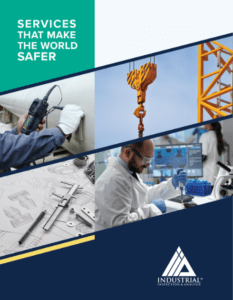
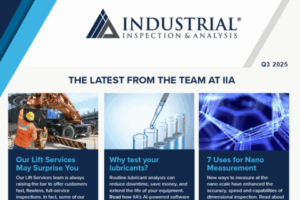
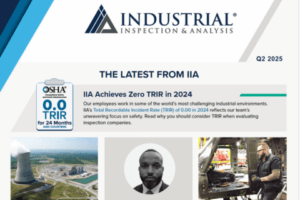
Certifications and Guidelines
- All Certifications Based on Guidelines in SNT-TC-1A and CP189
- Texas Department of State Health Services – Radioactive Materials Licensing (MC 2835)
- New Mexico Environment Department Radioactive Material License
- 10CFR, Part 21
- 10CFR50, Appendix B
- ANSI Standard N45.2
- American Welding Society
- Pressure Equipment Directive 2014/68/UE (European Certification)
- Pressure Equipment Regulations 1999
- ASNT Level III
- IRRSP
- ASME NQA-1
- NUPIC and NIAC Approved Vendor
- Licensed Professional Engineers (PEs)


